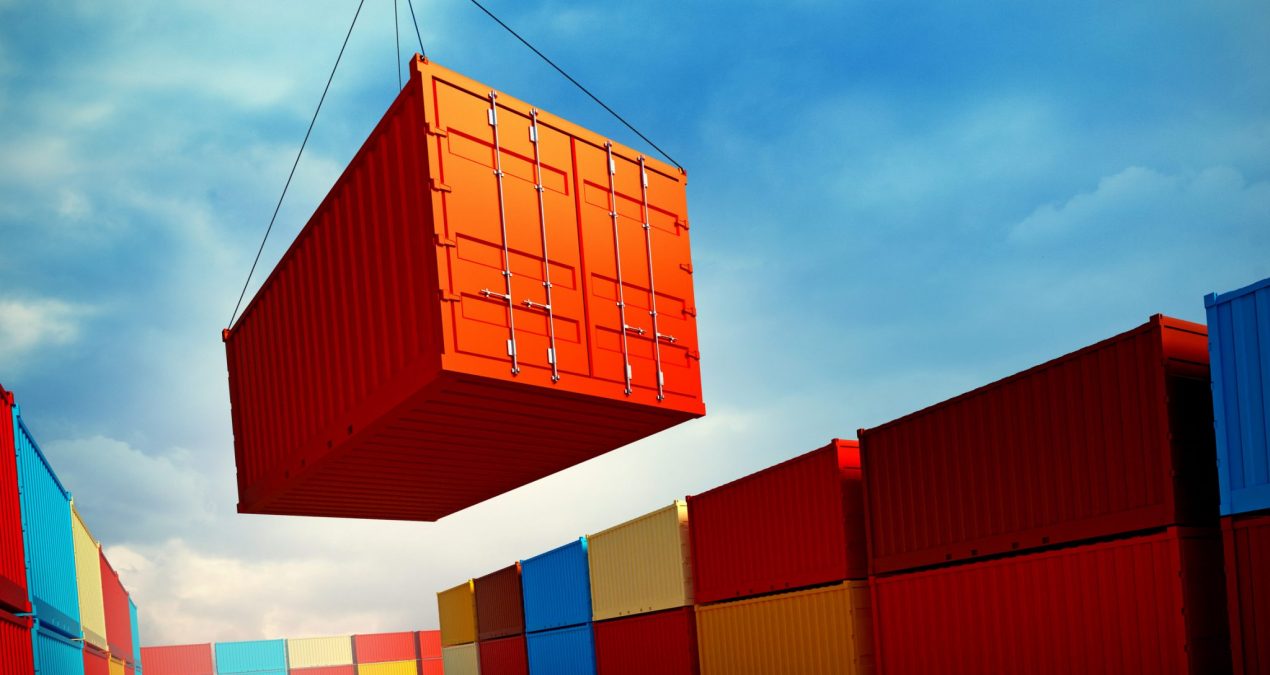We will explore two ways to autoscale microservice hosted in AKS. You can either use Kubernetes Metrics Server or KEDA.
Kubernetes Metrics Server
To autoscale a microservice in AKS based on message rate, you can use Kubernetes Horizontal Pod Autoscaler (HPA) along with Kubernetes Metrics Server. Here is an example YAML file that demonstrates how to configure HPA for a microservice:
apiVersion: autoscaling/v2beta1
kind: HorizontalPodAutoscaler
metadata:
name: my-microservice-hpa
namespace: my-namespace
spec:
scaleTargetRef:
apiVersion: apps/v1
kind: Deployment
name: my-microservice-deployment
minReplicas: 2
maxReplicas: 10
metrics:
- type: Object
object:
target:
kind: Service
name: my-microservice-service
apiVersion: v1
metricName: message-rate
targetValue: 100
In this example, the HPA is set to monitor the message-rate metric for the my-microservice-service service in the my-namespace namespace. The HPA is set to scale the my-microservice-deployment deployment between a minimum of 2 replicas and a maximum of 10 replicas. When the message-rate metric exceeds 100, the HPA will scale up the number of replicas, and when the message-rate falls below 100, the HPA will scale down the number of replicas.
You will also need to have a metric server running inside your AKS cluster, you can use following command to deploy it:
kubectl apply -f https://github.com/kubernetes-sigs/
Kubernetes-based Event Driven Autoscaler (KEDA)
Another way to achieve autoscaling based on message rate in AKS is to use Kubernetes-based Event Driven Autoscaler (KEDA). KEDA is a Kubernetes operator that can be used to autoscale your containers based on event-driven metrics, such as message rate, queue depth, etc.
Install KEDA
#Add the KEDA Helm repository
helm repo add kedacore https://kedacore.github.io/charts
#Update the Helm repository
helm repo update
#Install KEDA in the kube-system namespace:
helm install keda kedacore/keda --namespace kube-system
#Verify that the KEDA pods are running
kubectl get pods -n kube-systemHere is an example YAML file that demonstrates how to configure KEDA for a microservice:
apiVersion: keda.sh/v1alpha1
kind: ScaledObject
metadata:
name: my-microservice-scaledobject
namespace: my-namespace
spec:
scaleTargetRef:
kind: Deployment
name: my-microservice-deployment
pollingInterval: 10
cooldownPeriod: 300
triggers:
- type: azure-servicebus-queue
metadata:
queueName: my-queue
connection: Endpoint=sb://my-namespace.servicebus.windows.net/;SharedAccessKeyName=RootManageSharedAccessKey;SharedAccessKey=my-secret-key
scaleDown:
threshold: 0
scaleUp:
threshold: 10
In this example, KEDA is set to monitor the message rate of the my-queue Azure Service Bus queue for the my-microservice-deployment deployment in the my-namespace namespace. The pollingInterval is set to 10 seconds and the cooldownPeriod is set to 300 seconds. When the message rate exceeds 10, KEDA will scale up the number of replicas of the deployment, and when the message rate falls below 0, KEDA will scale down the number of replicas.
